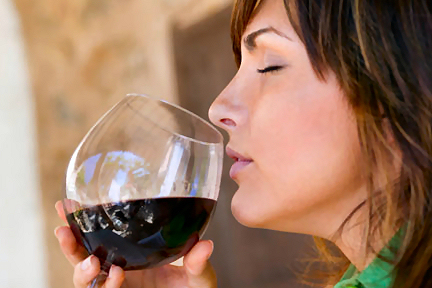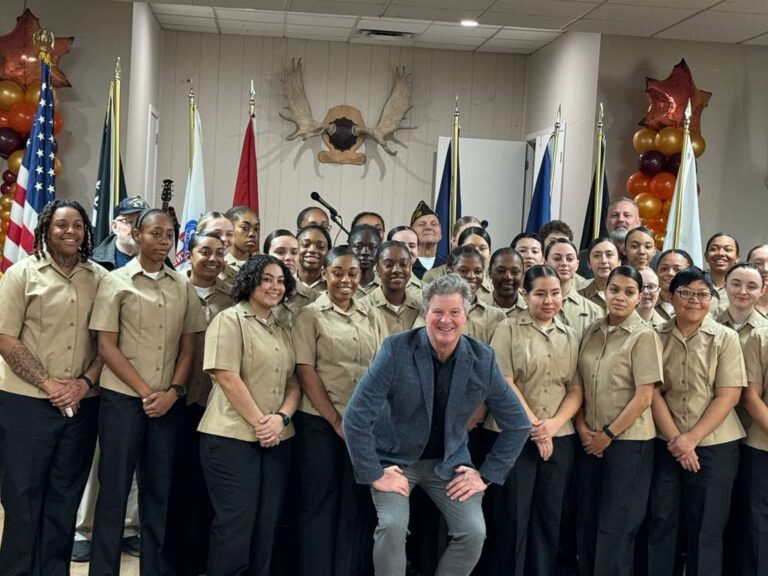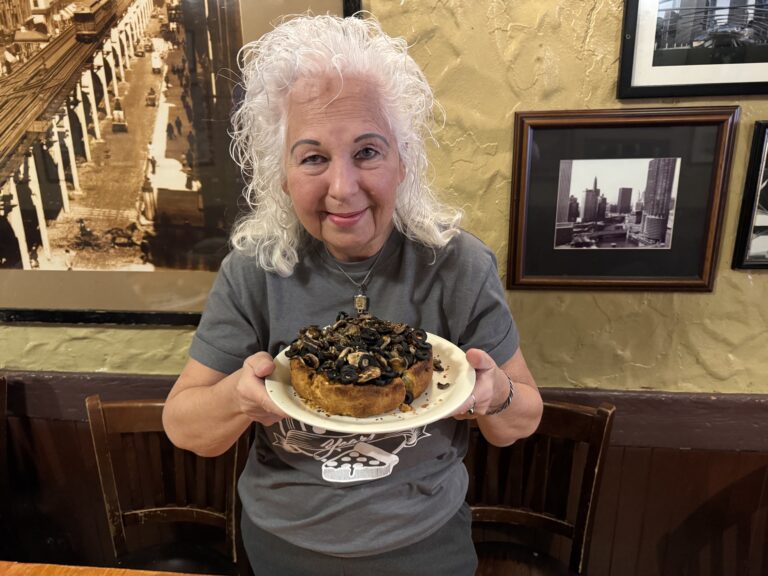I sat at the crowded bar, a full glass of cabernet sauvignon in front of me. The proprietor acted as if I were his only customer.
I subtly glanced at the patrons around me, trying to mimic them by sticking my nose far into the glass and inhaling deeply. I pinched the glass stem and swirled, nearly splashing red wine onto my white linen napkin. Eventually I sipped.
“Tastes, uh, great,” was my review.
“A little spicy, wouldn’t you say? After all, it’s unfiltered.”
“Spicy. I concur. And you can definitely taste the, um, ‘unfilteredness,'” I lied.
“All right then,” the bar owner said before moving away. I detected a faint “whoosh” sound, which I assumed were his eyes rolling to the back of his skull.
Welcome to Napa Valley, this country’s most intimidating destination if one is thirsty and, like me, knows absolutely zilch about wine. This is a region where every adjective ends in “y” and every decision can be second-guessed. Go ahead and try the sauvignon blanc but it may be “citrusy,” as opposed to the more “orange-y” chardonnay. Still not satisfied? Maybe you want something “yeasty,” earthy” or, as one local suggested, “caramel-y.” I could just order something “non-winey” — beer, soda, chocolate milk — and spare myself the humiliation of staring at a nine-page wine list before choosing the “house red,” but I feel that would be akin to visiting a Toyota dealership in downtown Detroit or asking for ketchup at a Nebraska steakhouse. I once did the latter in Omaha and the waiter looked as if he would gladly pour it into my lap.
I know the residents in California wine country are proud of their grapes and eager to help. On past visits I’ve thrilled them by saying, “I’m going to have the chicken. What would YOU suggest?” But I want to walk into a Calistoga cafe, confidently order a syrah and give the bartender a look that says, “You got a problem with that?”
So I was overjoyed when my hotel offered a free wine seminar. Upon entering, I was handed a complimentary Wine Aroma Wheel, considered by many to be the Holy Bible of wine lexicon. The center ring contained general “y-ending” terms — woody, nutty and fruity, to name a few — while the outer rings were more specific. Once you identify a wine as fruity, the wheel invites you to keep sniffing. Does it smell of citrus, berry, tree fruit, tropical fruit or dried fruit?
I felt like Indiana Jones after he had discovered the Ark of the Covenant. I got up to leave.
“Where are you going?” the instructor asked. “We have three whites and four reds to try.”
“Thanks, but it’s been a long day and I’m hungry for dinner. Besides, this is all I need.”
I found a quaint looking restaurant in downtown Sonoma and, wheel in hand, took a seat at the bar, not caring that I resembled a foreign tourist with a translation dictionary. The bartender approached.
“Bring me something vegetative. Perhaps of the canned-cooked variety with a hint of asparagus.”
“I beg your pardon?”
I rotated the wheel to the right. “On second thought, I think I’d rather have something from the microbiological family. Do you have anything lactic yet slightly sweaty?”
“What are you talking about?”
“The wine wheel is doing the talking,” I replied. “Tell you what, why don’t we start with something more chemical? A little pungent with a whiff of ethyl acetate.”
“Isn’t that used in nail polish remover?”
“Yes it is. You know your stuff!”
The bartender turned his back briefly and grabbed a bottle from the shelf. “How about you put the wheel away and I start you off with this?”
“What is it?”
“Our house red.”
I took a long whiff, swirled and sipped.
“It’s perfect.”
Or is the correct word “perfect-y?”
COPYRIGHT © 2013 GREG SCHWEM DISTRIBUTED BY TRIBUNE MEDIA SERVICES, INC.




